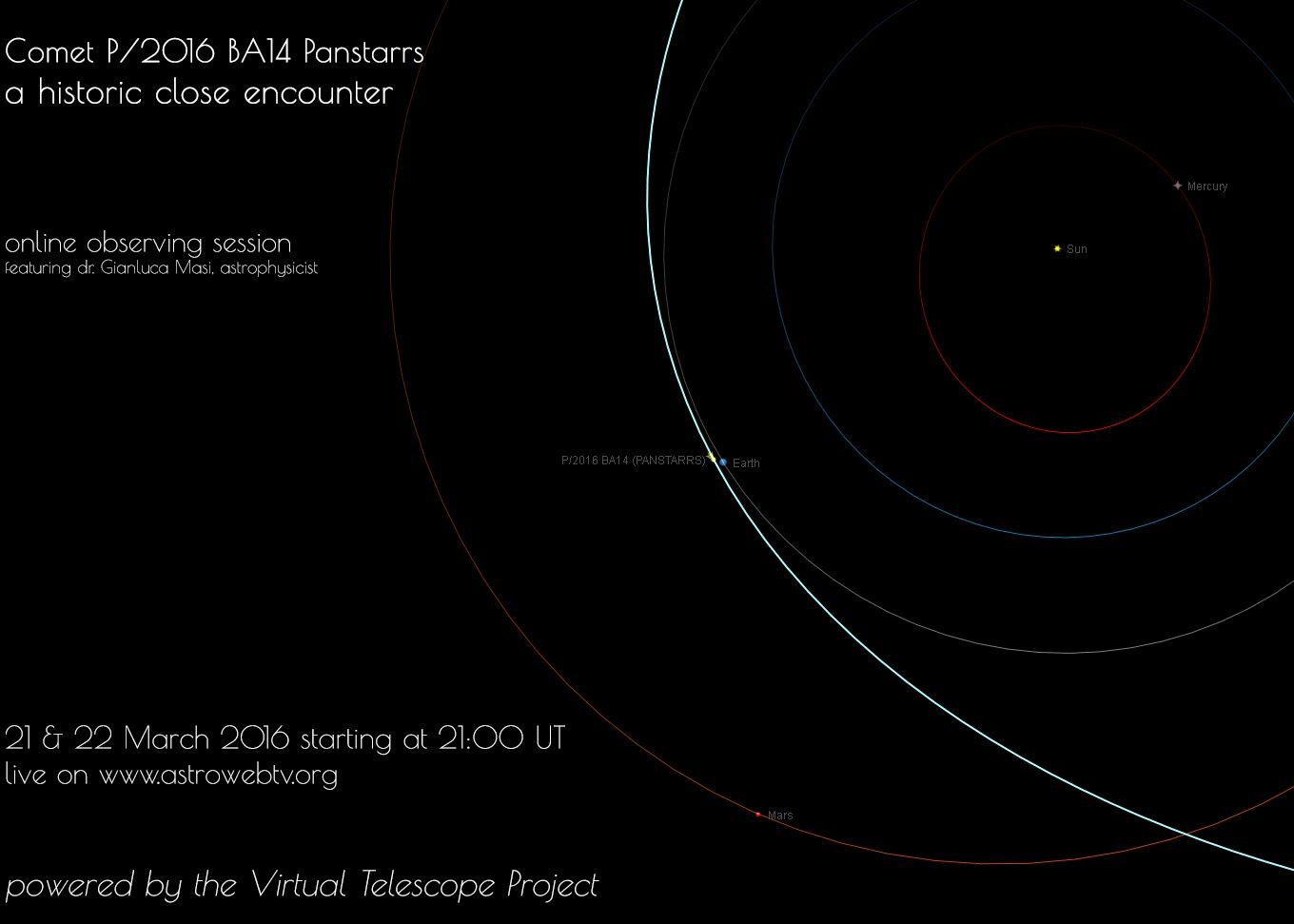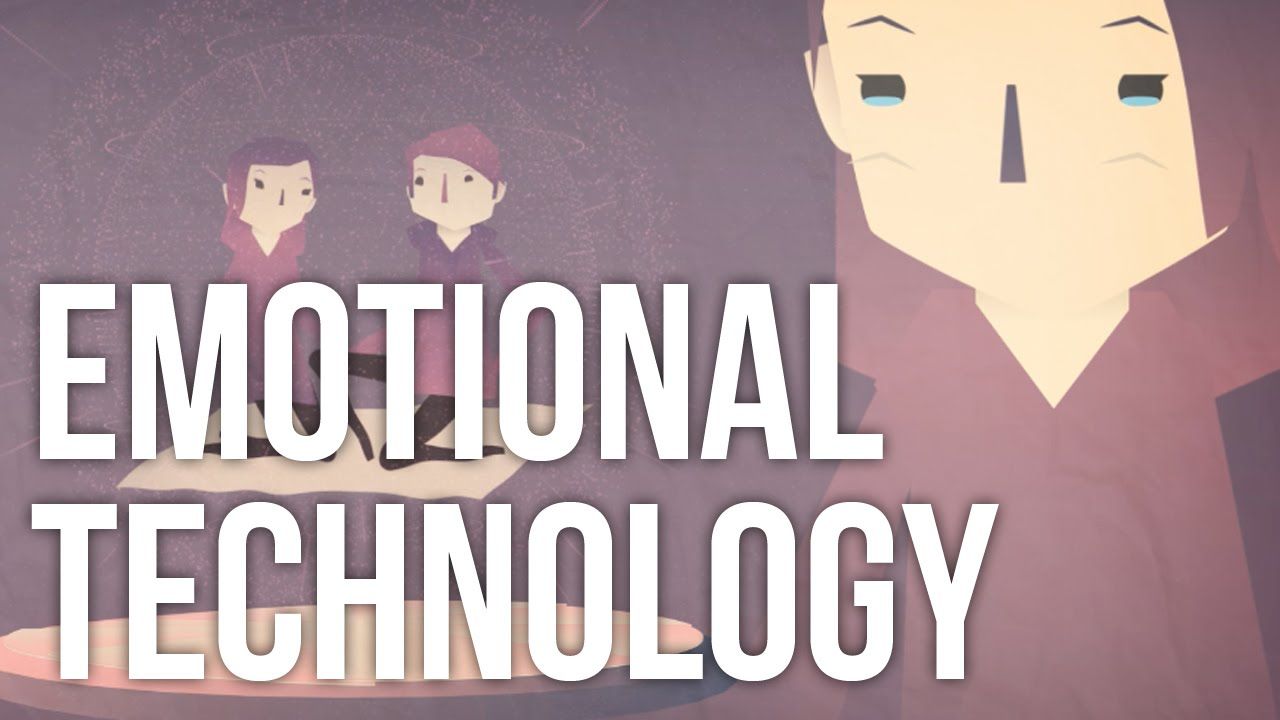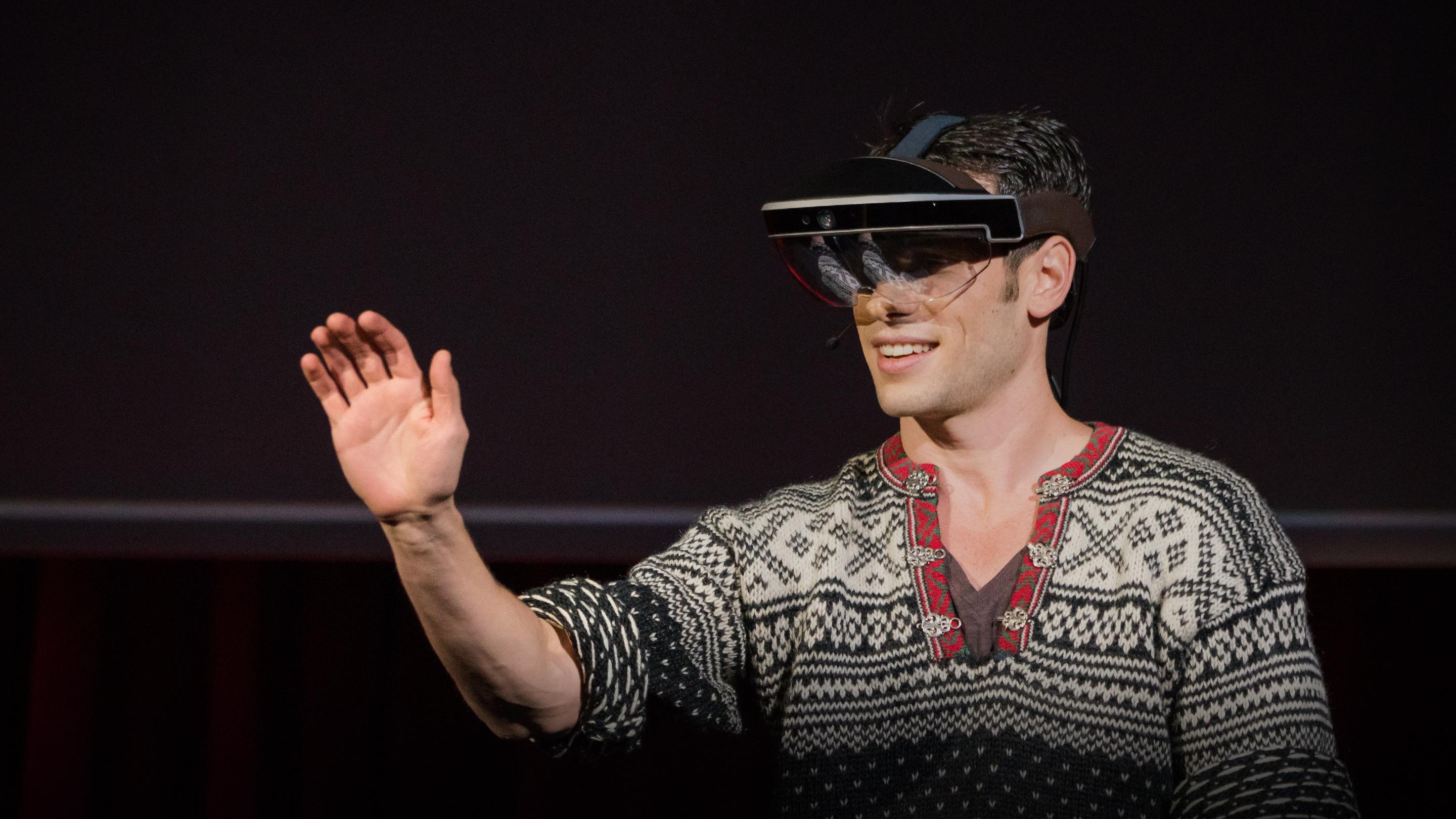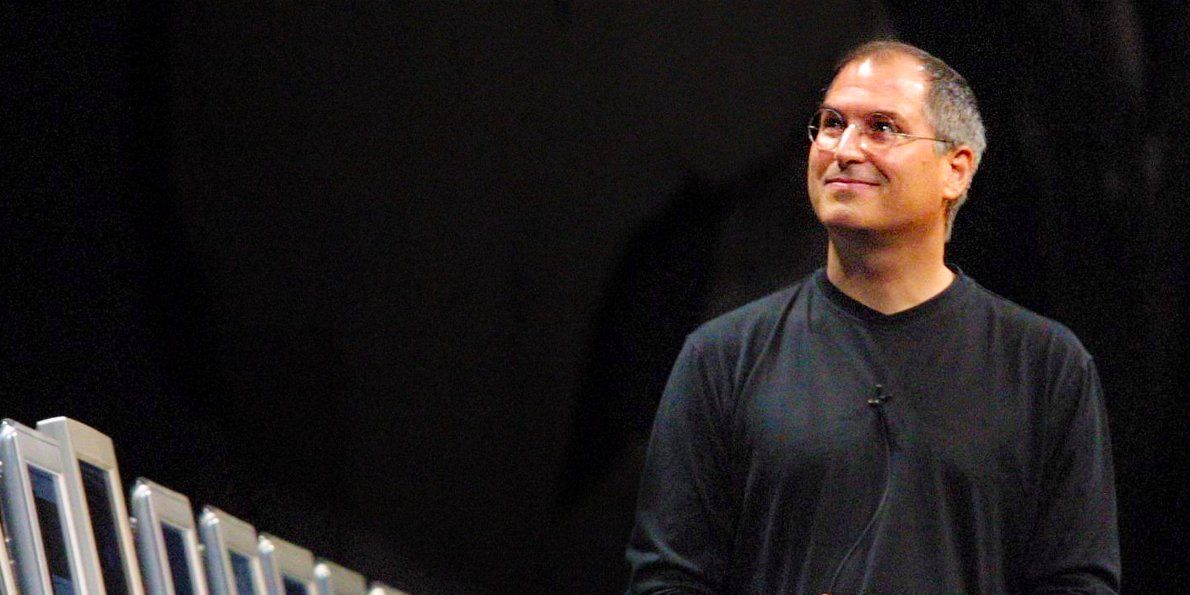Mar 21, 2016
DNA from Mysterious ‘Denisovans’ Helped Modern Humans Survive
Posted by Sean Brazell in categories: biotech/medical, genetics, neuroscience
Genetic mutations from extinct human relatives called the Denisovans might have influenced modern human immune systems, as well as fat and blood sugar levels, researchers say.
Very little is known about the Denisovans. The first evidence of them was discovered in Denisova Cave in Siberia in 2008, and DNA from their fossils suggests they shared an origin with Neanderthals but were nearly as genetically distinct from Neanderthals as Neanderthals were from modern humans.
Previous work found that any modern humans with ancestry outside of Africa inherited about 1.5 to 2.1 percent of their DNA from Neanderthals. In contrast, prior research suggested that substantial levels of Denisovan ancestry are found only in the Pacific islands of Melanesia. Scientists are increasingly uncovering the effects of Neanderthal ancestry on modern humans, from potential immune boosts to increased risks for depression, obesity, heart attacks, nicotine addiction. However, relatively little was known about the effects of Denisovan ancestry.
Continue reading “DNA from Mysterious ‘Denisovans’ Helped Modern Humans Survive” »


















